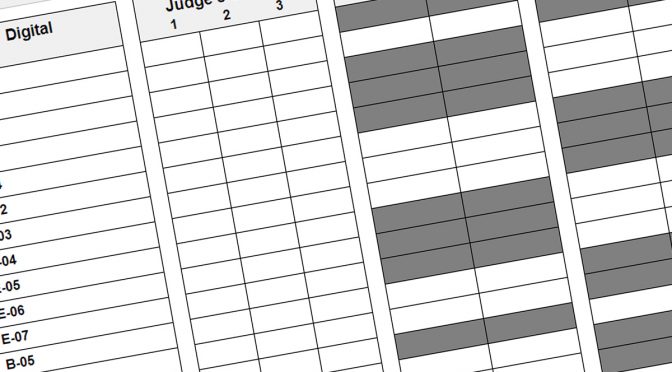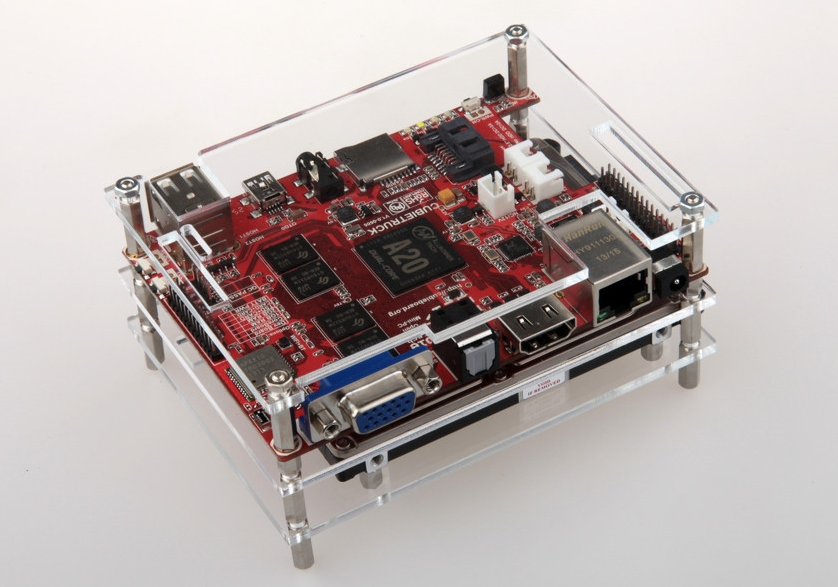This post is the consequence of a conversation I had yesterday evening with my sister, chatting to her about the upcoming South Lakes Interclub Photography Competition, and how the whole thing works.
But it is also kind of the point I was attempting to make on my previous post about fixing things in Photoshop that you could’ve resolved at the time of shooting (well, one of the points I was trying to make).
In previous years, we’d remained at the venue (as a competing team, not as host) until at least 11pm usually (once past midnight – after which we had to make an hour and a half drive back home) due to waiting for technological hiccups to be overcome so that we could continue, but last year was different.
Last year’s competition was the first year I’d attended where everything seemed to go off without a hitch, and by 9pm, we were pretty much all done and ready to go home.
How did everything go so perfectly? And why did the hosting team appear so exhausted by the end of the night?
Well, as it is our turn to host the competition this year, I wanted to find out. The answers to the first question answered the second without it having to be asked.
The South Lakes Interclub Photography Competition is a knockout competition, and it’s just like any other type of knockout competition.
Round one comprises X number of teams, paired off. The winner of each of those pairings goes on to the next round to face another first round winner. The losers get knocked out (hence the name), and so on for each progressive round, until there is just one winner left at the end of it.
Each match in each round is made up of 32 images in total. 16 digital, and 16 print (8 of each from each team). These are ordered randomly so the judges don’t know which image belongs to which team.
The printed images are also simultaneously displayed digitally on the projector so that the audience can get a better idea of how they look (it’s a bit tricky to get a good view of a 50x40cm print from 50ft across a room).
Obviously, the big problem is that until each match in each round is over, you have no idea who’s going into the next round.
Each round has 3 (or 4 for the final) judges, and 3 scorers. Each round requires images be semi-randomly mixed with each other, but evenly spread so as to not have too many images from the same club popping up right after each other, the score sheets have to match up with the random order of the images, for the print section, the prints have to be in the same order as the digital images coming up on the projector.
So, why did everything go so well last year? What voodoo were they using?
Well, they basically worked out every possible combination of teams for every single match of every single round.
For example, let’s say there’s 8 teams, and the first round featured the following…
- Team A vs Team B
- Team C vs Team D
- Team E vs Team F
- Team G vs Team H
Scoresheets were printed and images prepared for those pairings, as they should be, because we know in advance those pairings are going to happen. But we don’t know who’s going to win each of the four matches above.
So, along comes the semi final, and just to prepare for every possible eventuality, image folders were organised, and score sheets were printed for (and remember, only 2 of these will actually happen)…
- A vs C
- A vs D
- B vs C
- B vs D
- E vs G
- E vs H
- F vs G
- F vs H
Again, you’ve no idea who’s going to win, so for the final (and there’s only one of those), score sheets printed out and image folders prepared for…
- A vs E
- A vs F
- A vs G
- A vs H
- B vs E
- B vs F
- B vs G
- B vs H
- C vs E
- C vs F
- C vs G
- C vs H
- D vs E
- D vs F
- D vs G
- D vs H
To prepare the image folders and create score sheets took weeks. It was a lot of hard work, and on the night itself it was also a lot of hard work trying to keep up and make sure to pull out the right set of image folders and score sheets for each round, so no wonder they were exhausted by the end of it.
It was also a hell of a lot of wasted paper.
Nevertheless, it was a smoothly run evening, and lots of well deserved patting on backs went on, and everybody went home happy.
Not that I’d accuse anybody of leaking things to other clubs, but there were also some issues with the “randomness” of the image orders, due to the fact that were created manually, and possibly able to be made known to others well in advance (given that they’d all been worked out and printed in advance).
As it’s our turn to host it this year, and as one of Lancaster Photographic Society’s committee members, after some discussion it ultimately ended up being my responsibility to oversee the technology for the evening.
When I say “some discussion” what I really mean is “me and my big mouth”. While hearing the explanation of last year’s solution my inner voice was screaming to be let out…
“WEEKS to prepare image folders and scoresheets for rounds that were never going to happen?!!? That’s far more effort than I want to put into this.”
Outwardly, all that came out was a calm “I’m sure we could come up with something to automate most of this on the fly.”
Which basically meant I’d just volunteered.
I clearly saw in my head how the manual process had worked last year, I had no idea how I was going to tackle it to be able to generate things on the fly, or where to even begin with the code, let alone what the finished product would look like.
I started work on it the following evening, and within about six hours (far sooner than I’d expected) I’d written some code which basically did all we needed.
I could choose two teams, have it generate one of 6,000 or so random image sequences for digital images, and one of 6,000 or so random image sequences for print images, tell it whether it was the final round or not (which determined whether there were spots for 3 or 4 judges scores for each image), and it would give me back a scoresheet.
Having ~6,000 or so possible random sequences (the actual number was close to 6400) for the digital sequence, and another ~6000 for the print sequence meant that overall, as a sequence of 32 images, there’s a total of over 40,000,000 possible random sequences.
This method also meant that there was no way in advance of the round happening that anybody (even us) could take a sneak peek at the image order to determine which team owned which images.
Each random order was given a unique ID which could be reproduced, which meant that the person manning the laptop & projector could enter in the two team names, enter in the ID for the digital image order, enter the ID for the print image order, and download a zip file containing all the images all pre-sorted, with blanks in between each image, that was generated on the fly.
As everything is PHP based and just ran through a browser, I could control the whole thing from Safari on my iPad, and just send it over to an AirPrint printer to print out the scoresheets for each round as they were needed. 3 for the scorers, 1 for the person on the projector, 1 for the person organising the prints.
We’ve had several dry runs now, including one at the venue itself, and everything worked flawlessly. The software itself runs on Apache from a CubieTruck. I also have it setup on a CubieBoard as backup, and a Raspberry Pi as backup to the backup. Just in case.
The software can easily be altered for future years by simply editing the list of teams, and uploading fresh sets of images for each one. No other modifications need to be made.
So, as per the title of this post. Work hard or work smart?
Last year, weeks of work. They worked hard. Real hard. Far harder than I wanted to work and far harder than I felt anybody needed to work to accomplish the task at hand.
This year, 6 hours, and we can do it all on the fly on the night.
Does this make me lazy? Or just efficient?
I’d like to think the latter. I’ve always felt that computers are here to help us, not just to give us reason to throw things out of the window.
Work smart. If a computer can help us to do that, why not? Why make a 6 hour job last a month if you don’t have to?
So, other than it being the theme of the competition, how does this relate to photography? Or my previous post about “fixing” things in Photoshop?
Who works harder and who works smarter?
The guy who couldn’t be bothered lighting their background properly and spends a couple of days replacing the background in Photoshop from 100 images?
Or the guy who takes 10 minutes to get the background perfect before the images were shot and spends a couple of days with his feet up relaxing?
The former definitely worked harder, but the latter worked smarter, and probably ended up with better results.


